Enter a surname, town name or other keyword to search the database. Remember to
allow for the different spellings of 'Mc' and 'Mac.' Good luck!
{Search tips: Use single word search terms for more results}
You must enter some valid character(s) into the search field
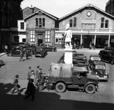
Reference: H-0230c
Station Square, Academy Street...
|
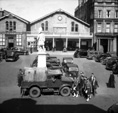
Reference: H-0230b
Station Square, Academy Street...
|
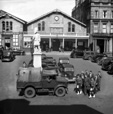
Reference: H-0230a
Station Square, Academy Street...
|
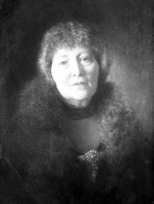
Reference: 31951
Mrs Burton Mackenzie of Kilcoy...
|
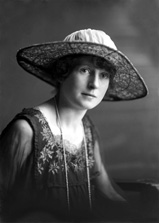
Reference: 22589d
Mrs Waller, Lombard Street, In...
|
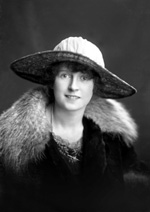
Reference: 22589c
Mrs Waller, Lombard Street, In...
|
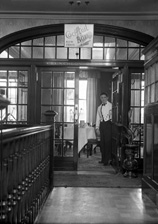
Reference: 30888b
Waiter welcoming into the Lunc...
|
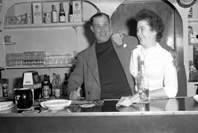
Reference: H-0227
Caption to photograph is simpl...
|
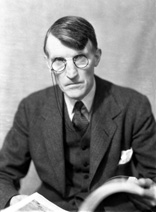
Reference: 29684b
Sir Alexander Malcolm MacEwen,...
|
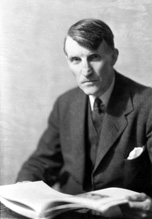
Reference: 29684a
Sir Alexander Malcolm MacEwen,...
|
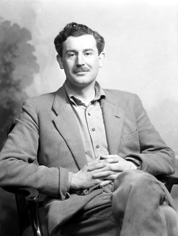
Reference: 40813b
Lord Lovat. Brigadier Simon Ch...
|
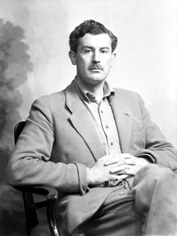
Reference: 40813a
Lord Lovat. Brigadier Simon Ch...
|